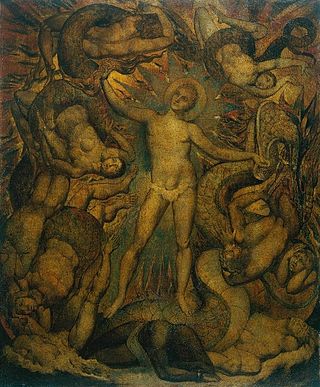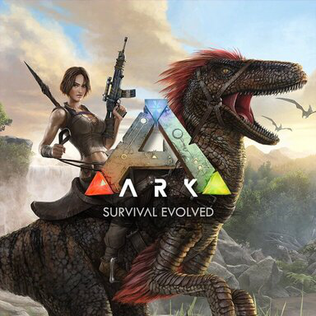Tiamat is a deity in Babylonian mythology.
Contents
Tiamat may also refer to:
Tiamat is a deity in Babylonian mythology.
Tiamat may also refer to:
A gelatinous cube is a fictional monster from the Dungeons & Dragons fantasy role-playing game. It is described as a ten-foot cube of transparent gelatinous ooze, which is able to absorb and digest organic matter.
Lilith is a character in Jewish mythology.
An ogre is a large, hideous monster of mythology, folklore and fiction.

Takhisis is a fictional character from the Dragonlance universe. She is depicted as the main goddess of evil in the setting and head of the Dark Pantheon.

Tiamat is a supremely strong and powerful 5-headed draconic goddess in the Dungeons & Dragons role-playing game. The name is taken from Tiamat, a goddess in ancient Mesopotamian mythology. She is the queen and mother of evil dragons and a member of the default pantheon of Dungeons & Dragons gods. Her symbol is a five-headed dragon.

Subterranean fiction is a subgenre of adventure fiction, science fiction, or fantasy which focuses on fictional underground settings, sometimes at the center of the Earth or otherwise deep below the surface. The genre is based on, and has in turn influenced, the Hollow Earth theory. The earliest works in the genre were Enlightenment-era philosophical or allegorical works, in which the underground setting was often largely incidental. In the late 19th century, however, more pseudoscientific or proto-science-fictional motifs gained prevalence. Common themes have included a depiction of the underground world as more primitive than the surface, either culturally, technologically or biologically, or in some combination thereof. The former cases usually see the setting used as a venue for sword-and-sorcery fiction, while the latter often features cryptids or creatures extinct on the surface, such as dinosaurs or archaic humans. A less frequent theme has the underground world much more technologically advanced than the surface one, typically either as the refugium of a lost civilization, or as a secret base for space aliens.
The Kraken is a legendary sea creature of gargantuan size, said to have been seen off the coasts of Norway and Iceland.
The Norse mythology, preserved ancient Icelandic texts such as the Poetic Edda, the Prose Edda, and other lays and sagas, was little known outside Scandinavia until the 19th century. With the widespread publication of Norse myths and legends at this time, references to the Norse gods and heroes spread into European literary culture, especially in Scandinavia, Germany, and Britain. In the later 20th century, references to Norse mythology became common in science fiction and fantasy literature, role-playing games, and eventually other cultural products such as Japanese animation. Storytelling was an important aspect of Norse mythology and centuries later, with the rediscovery of the myth, Norse mythology once again relies on the impacts of storytelling to spread its agenda.
Spectre, specter or the spectre may refer to:
Behemoth is a creature from the Book of Job, a book from the Hebrew Bible.
A gargoyle is a grotesque statue.
Nergal is a Mesopotamian deity.
Gehenna is a valley in Jerusalem, and an analogue of Hell or Lake of Fire in Jewish and Christian tradition.
Titania may refer to:

The mythology relating to this subject arises from Ancient Middle East and Jewish origins. The Hebrew monster Leviathan found in the Book of Job has in particular given rise to many incarnations in popular culture, film, and literature. However, this article includes subjects with no direct connection to ancient sources.

Ark: Survival Evolved is a 2015 action-adventure survival video game developed by Studio Wildcard. In the game, players must survive being stranded on one of several maps filled with roaming dinosaurs, fictional fantasy monsters, and other prehistoric animals, natural hazards, and potentially hostile human players.
Reptilian humanoids, or anthropomorphic reptiles, are fictional creatures that appear in folklore, fiction, and conspiracy theories.